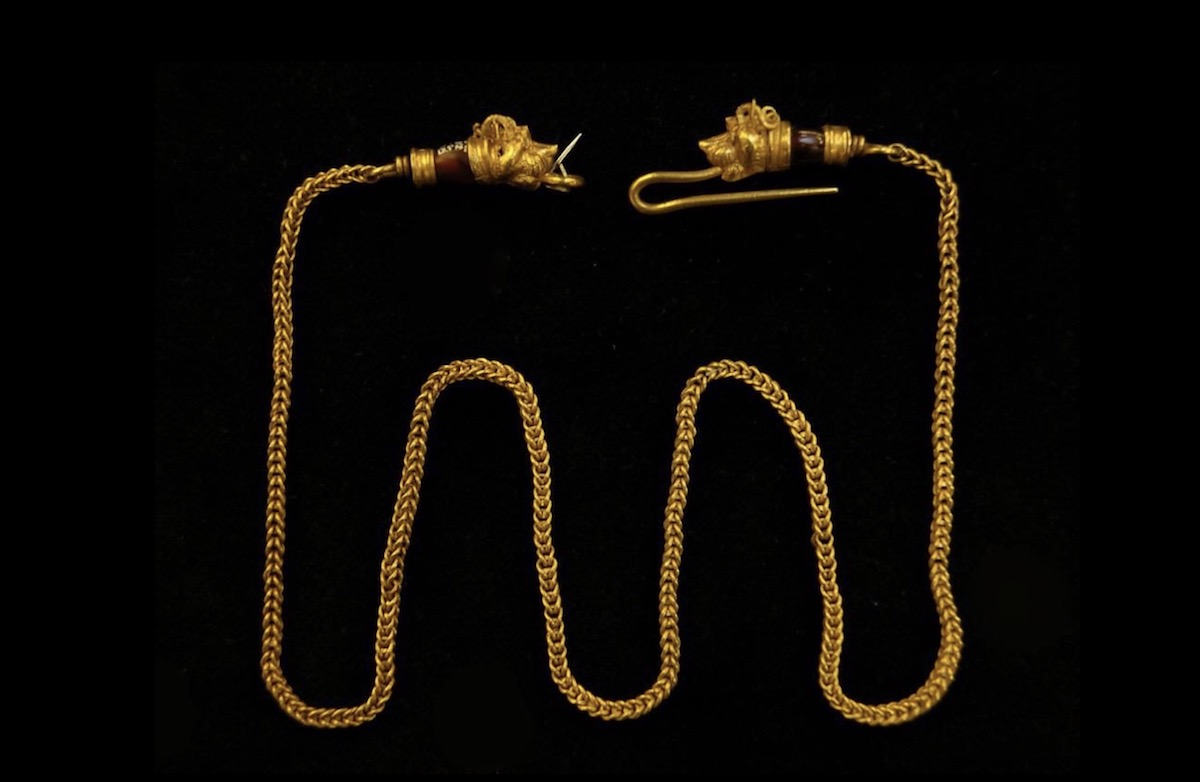Les Fleurs d’intérieur
2009 - Sculpture (Sculpture)
Danh Vo
The work “Les Fleurs d’intérieur” (which gives its name to the exhibiton presented at Kadist Art Foundation from May 30 to July 13, 2009) is a brass plate engraved with the inventory list of the works included in the show. From this moment, Dahn Vo will use this brass plates as a systematic element for all his exhibitions.
Danh Vo’s personal history of migration and adjustment is an important reference point for his artistic practice. In his work, he explores themes ranging from identity, authorship, sexuality, and ownership to origin. He uses intimate, personal material to show that identity is a construction of projections, assumptions and attributed values. Vo embarks upon a subtle investigation of the Western fascination for the exotic and unknown with an exquisite conceptual style. For Vo, appropriating the history of others is a way of unraveling monolithic ideas about identity. And he does so with great verve, generally initiating the journey with himself. In addition to his classifiable works, a certain mystified aura lingers around his actions: the artist has married, and subsequently divorced numerous people simply to add their names to his list, he has committed “crimes” later displaying their documentation as show, for example. In his installations he uses objects, photos and documentation that connects his family history to real memories intertwined with a complex imaginary. His refugee status has led him to attempt to reconstruct various derivations of identities, origins, and stories. This requires the questioning of social structures, the endorsement of different identities, the questioning of values, and the undermining of conventions in order set forth a groundwork for his personal depiction in the world of society at large. Born in 1975, Danh Vo is a Danish artist with Vietnamese origins. He lives and works in Berlin.
Colors:
Related works featuring themes of: » Collective History, » Contemporary Conceptualism, » Cross-Cultural Dialogue, » Globalization, » Vietnamese and Danish
» see more

© » KADIST
Clarissa Tossin
2017Clarissa Tossin’s film Ch’u Mayaa responds to Frank Lloyd Wright’s Hollyhock House (constructed 1919–21) in Los Angeles, an example of Mayan Revival architecture...

© » KADIST
Clarissa Tossin
2012In Fordlândia Fieldwork (2012), Tossin documents the remains of Henry Ford’s rubber enterprise Fordlândia, built in 1928 in the Brazilian Amazon to export cultivated rubber for the booming automobile industry...

© » KADIST
Mario Garcia Torres
Mario Garcia Torres discovered the work of artist Oscar Neuestern in an article published in ARTnews in 1969...

© » KADIST
Hank Willis Thomas
2013The image is borrowed from protests during Civil Rights where African Americans in the south would carry signs with the same message to assert their rights against segregation and racism...
Other related works, blended automatically
» see more

© » KADIST
Clarissa Tossin
2017Clarissa Tossin’s film Ch’u Mayaa responds to Frank Lloyd Wright’s Hollyhock House (constructed 1919–21) in Los Angeles, an example of Mayan Revival architecture...

© » KADIST
Clarissa Tossin
2012In Fordlândia Fieldwork (2012), Tossin documents the remains of Henry Ford’s rubber enterprise Fordlândia, built in 1928 in the Brazilian Amazon to export cultivated rubber for the booming automobile industry...

© » KADIST
Julio Cesar Morales
2011Contrabando is a work that references the larger sociological phenomenon in which immigrant economic strategies come to infiltrate urban landscapes...
Related works sharing similar palette
» see more

© » ARTS EQUATOR
Weekly Southeast Asia Radar: Jakarta's controversial Performance Art Club; Bangkok Art Biennale | ArtsEquator Thinking and Talking about Arts and Culture in Southeast Asia ArtsEquator Radar 69 Performance Club January 23, 2020 ArtsEquator’s Southeast Asia Radar features articles and posts about arts and culture in Southeast Asia, drawn from local and regional websites and publications – aggregated content from outside sources, so we are exposed to a multitude of voices in the region...
Related works from the » 2000's created around » Berlin, Germany
» see more

© » KADIST
Douglas Gordon
2004Douglas Gordon’s single-channel video The Left Hand Can’t See That The Right Hand is Blind, captures an unfolding scene between two hands in leather gloves—at first seemingly comfortable to be entwined, and later, engaged in a struggle...

© » KADIST
Douglas Gordon
2002Blind Spencer is part of the series “Blind Stars” including hundreds of works in which the artist cut out the eyes of Hollywood stars, in a symbolically violent manner...

© » KADIST
Alessandro Balteo Yazbeck
2008Part of a larger series of photographic works, Alessandro Balteo Yazbeck’s Corrupted file from page 14 (V1) from the series La Vega, Plan Caracas No...









